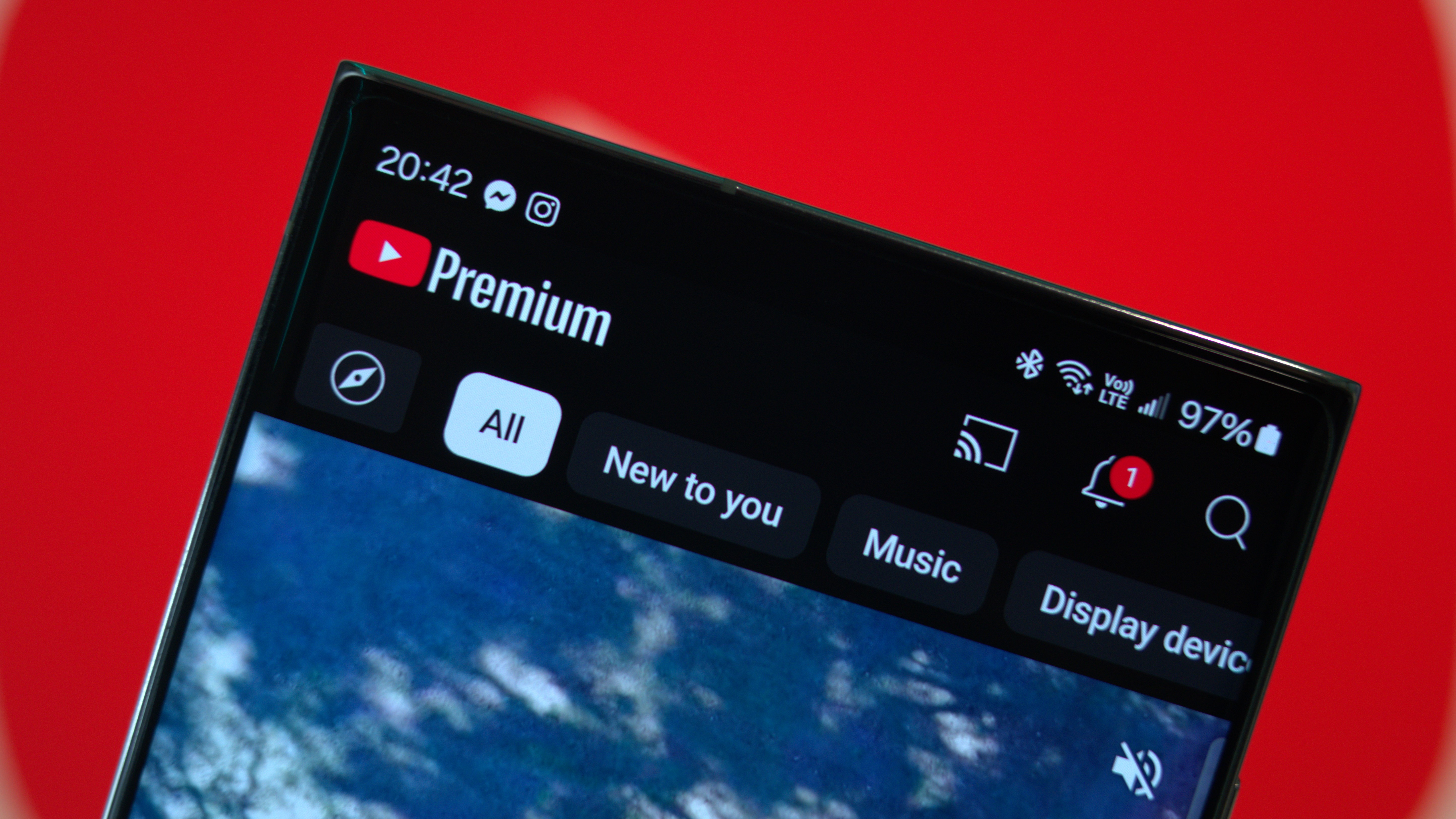NVIDIA announces Tegra 4 processor with 4G LTE
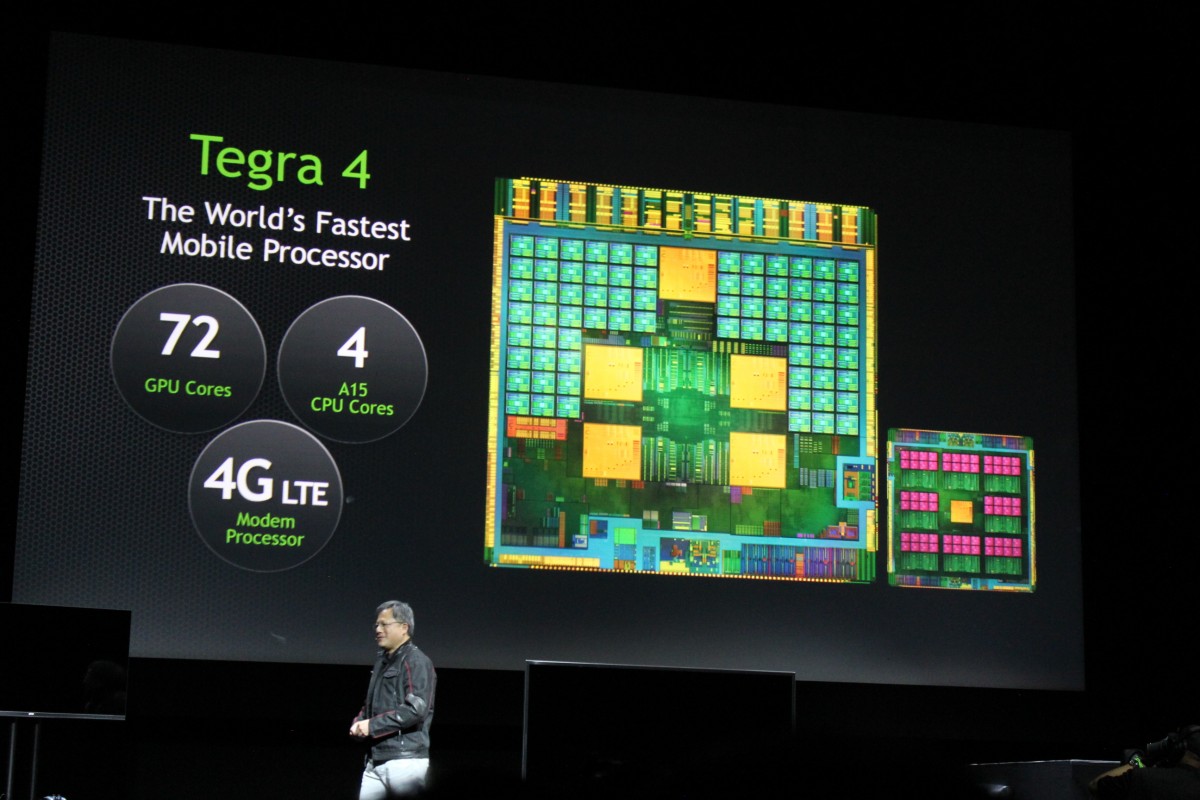

Today at CES 2013, NVIDIA announces the Tegra 4 processor, which features 72 GPU cores, 4 A15 CPU cores, and a 4G LTE processor. What does that mean in practical terms? 27 seconds to load 25 unique web pages (versus 50 seconds on a Nexus 10). NVIDIA claims browsing is even faster at browsing the web than the iPad 4, Droid DNA, and Kindle Fire HD.
Another utility is in photography. NVIDIA showed off the Tegra 4 processor handling HDR photography better than the iPhone 5, which takes two seconds to process (compared to the Tegra 4's 0.2 seconds). They demoed on stage a prototype Windows tablet being able to process a live view of HDR photography, complete with a comparison slider. The overall idea here is that every shot is an HDR shot, but Tegra 4 will also enable strobe motion, 3D reconstruction, and object tracking. Here's how they're architecting photography and a full press release.

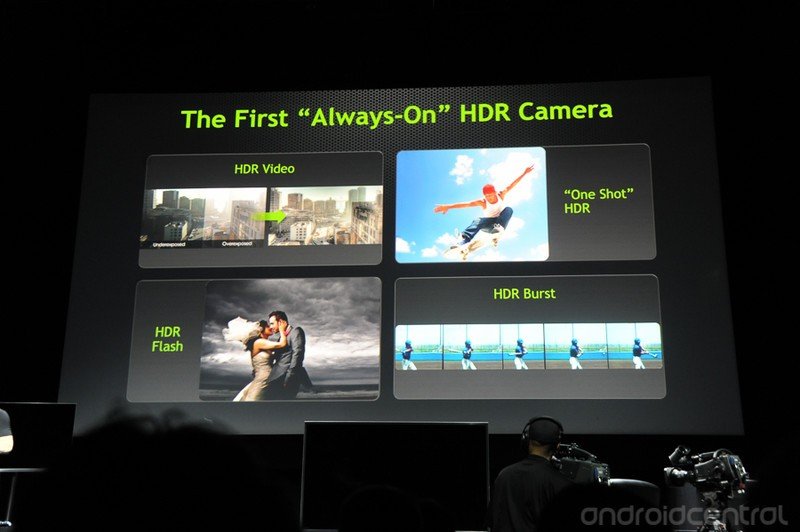
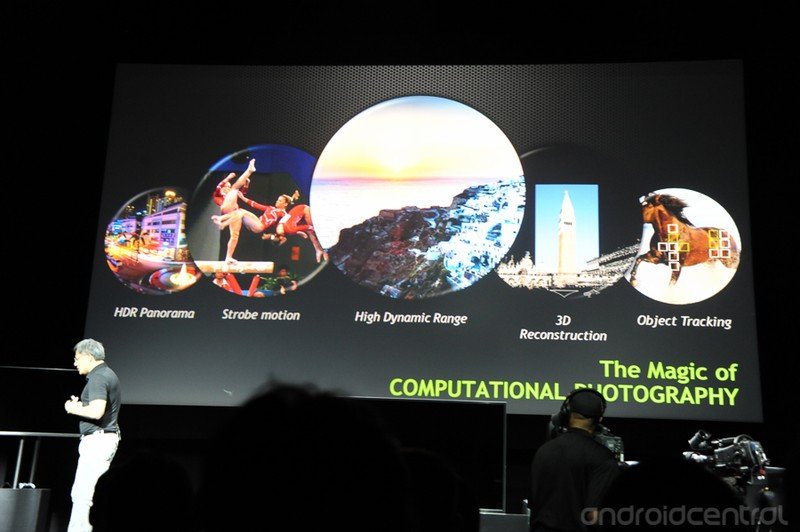
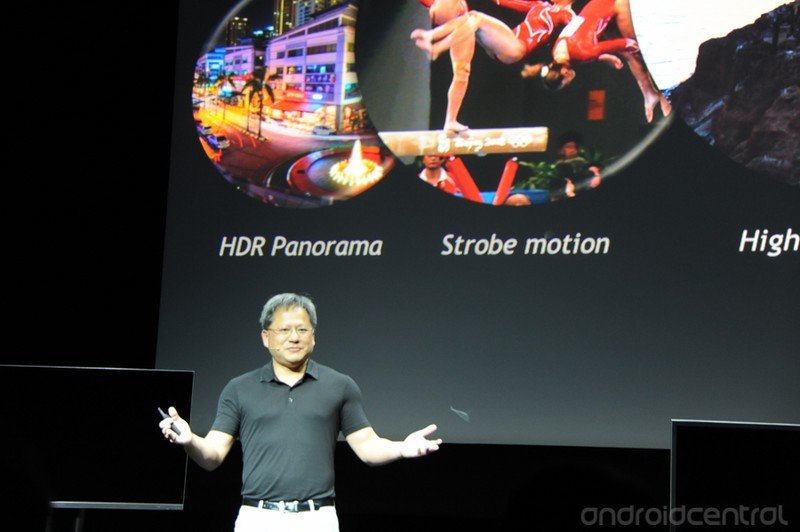
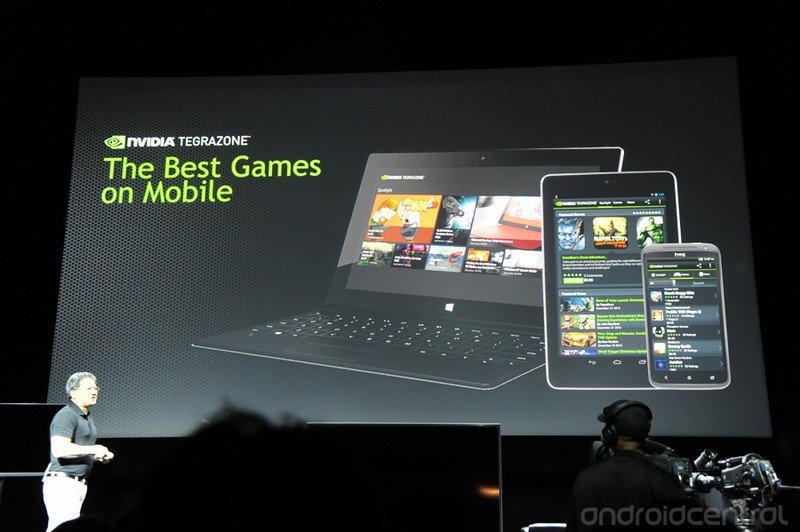
NVIDIA Introduces World's Fastest Mobile Processor Tegra 4 Features 72 Custom GPU Cores, Quad-Core Cortex-A15 CPU for Superb Performance and Efficiency; LTE Enabled with Optional Chipset LAS VEGAS—CES—Jan. 6, 2013—NVIDIA today introduced NVIDIA® Tegra® 4 , the world's fastest mobile processor, with record-setting performance and battery life to flawlessly power smartphones and tablets, gaming devices, auto infotainment and navigation systems, and PCs. Tegra 4 offers exceptional graphics processing, with lightning-fast web browsing, stunning visuals and new camera capabilities through computational photography. Previously codenamed "Wayne," Tegra 4 features 72 custom NVIDIA GeForce™ GPU cores – or six times the GPU horsepower of Tegra 3 – which deliver more realistic gaming experiences and higher resolution displays. It includes the first quad-core application of ARM's most advanced CPU core, the Cortex-A15, which delivers 2.6x faster web browsing and breakthrough performance for apps. Tegra 4 also enables worldwide 4G LTE voice and data support through an optional chipset, the fifth-generation NVIDIA Icera® i500 processor. More efficient and 40 percent the size of conventional modems, i500 delivers four times the processing capability of its predecessor. "Tegra 4 provides enormous processing power and efficiency to power smartphones and tablets, gaming devices, auto systems and PCs," said Phil Carmack, senior vice president of the Tegra business at NVIDIA. "Its new capabilities, particularly in the area of computational photography, will help improve a whole range of existing products and lead to the creation of exciting new ones."Computational Photography CapabilityAmong the Tegra 4 processor's breakthroughs is its Computational Photography Architecture, which automatically delivers high dynamic range (HDR) photos and video by fusing together the processing power of the GPU, CPU and the camera's image-signal processor. Its HDR capability captures images, including those taken with a flash, the way they are seen by the human eye – with detail in both bright and dark areas. Unprecedented Power EfficiencyDesigned for maximum energy efficiency, Tegra 4 includes a second-generation battery saver core for low power during standard use, and PRISM 2 Display technology to reduce backlight power while delivering superior visuals. Tegra 4 consumes up to 45 percent less power than its predecessor, Tegra 3, in common use cases. And it enables up to 14 hours of HD video playback on phones. Tegra 4 Key Features· - GeForce GPU with 72 custom cores· - Quad-core ARM Cortex-A15 CPU, plus a 2nd Generation Battery Saver Core· - Computational Photography Architecture· - LTE capability with optional Icera i500 chipset· - 4K ultra-high-def video support
Get the latest news from Android Central, your trusted companion in the world of Android

